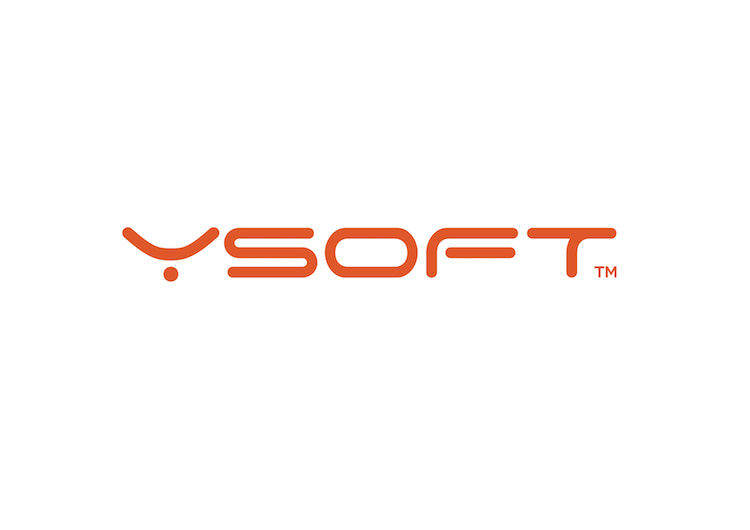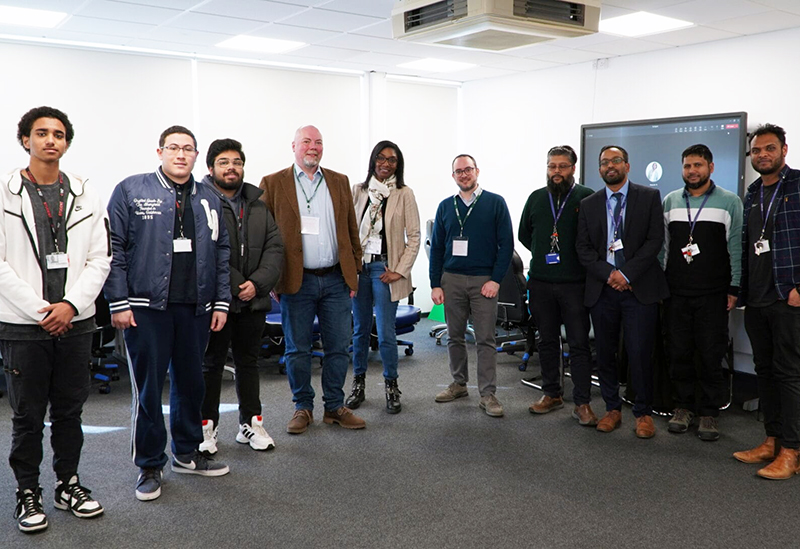Supporting effective project-based learning with 3D print management

The benefits of project-based learning are widely reported on, with the technique encouraging active engagement and higher level thinking. But implementing project-based learning can be a difficult task, and 3D printing can make it easier, says Y Soft Corporation.
Project-based learning is a teaching method which involves students exploring in-depth problems over a longer period of time. It encourages involvement, heightens motivation and develops problem solving skills by tailoring the learning experience. The active participation involved encourages students to take ownership of their learning and aids both the teacher in explaining complex topics, as well as helping the students to understand them.
Kevin Samuel, Business Development Manager at Y Soft says, “there are many ways in which project-based learning can be explored and 3D printing, for example, encourages students to be innovative and creative by adjusting their ideas through trial and error when creating models to support their projects.”
Y Soft recently developed a special workshop for teachers in which they were tasked with designing the most effective wind turbine model to generate electricity when connected to a special testing device. When learning about the concepts behind wind turbines, it was discovered that a number of educational subjects were used in creating and testing the wind turbine. For example, maths was used to find the best possible parameters of the turbine’s design, while transforming mechanical energy into electricity included physics as well.
When transformed into a real-life classroom setup, students can create a 3D digital model, print it on a 3D printer in order to study the construction, test its ability to generate wind energy and adjust accordingly. This enablement to adjust ideas through trial and error also incites a more creative and innovative learning space.
Many schools are now adopting 3D printing as part of project-based learning because of the educational benefits it provides. However, there are some important challenges that 3D printing in education must address.
“One of the challenges is that 3D printing involves iteration as students trial and error their projects. Therefore students need continual access to 3D printers while at the same time schools need to control access and costs of the filaments used to create the models. In short, schools need more than just a stand-alone 3D printer, they need a comprehensive solution for 3D printers that includes both access and cost management.”
Kevin adds, “successful 3D printing will only thrive if managed through a 3D printing solution. Importantly, access to the technology should be managed through a centrally-managed device-locking mechanism. This will mean that students are required to login, preventing unauthorised withdrawal or interruption of jobs. Similarly, a managed software solution will enable institutions to keep on top of filament supplies and implement a pay-for-print service to cover the material costs.”
YSoft be3D eDee is the industry’s first 3D print solution that integrates print management and an accounting system with a 3D printer offering central control for a fleet of 3D printers. The 3D print management solution is based on Y Soft’s own YSoft SafeQ, a globally recognised workflow solutions platform used today on 2D printers in schools around the world.
Kevin concludes, “3D printing has begun to be more commonplace in educational institutions as part of project-based learning assignments, rather than just for use within individual STEM subjects, which is great. However, to get the best results from this approach, educational institutions should ensure they adopt a complete 3D print solution, rather than simply deploying standalone 3D printers.”












Responses